Lab Activities
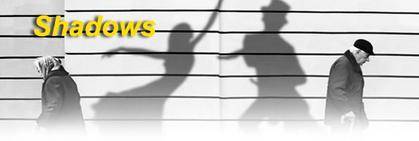
Lab #27.7 Light: Pinhole Camera
In this activity, students will observe images formed by a simple convex lens and compare cameras with and without a lens.
Lab #27.7 Light: Pinhole Camera
In this activity, students will observe images formed by a simple convex lens and compare cameras with and without a lens.

Projectile Motion
Students will formulate a prediction on how high an air-powered projectile will reach.
Projectile Motion
Students will formulate a prediction on how high an air-powered projectile will reach.
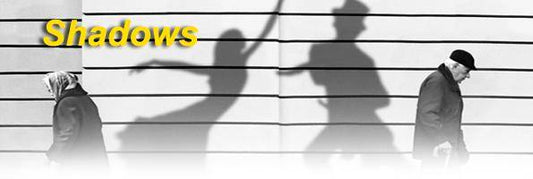
Lab #27.6 Light: Pinhole Image
In this activity, students will investigate the operation of a pinhole "lens" and compare it to the eye.
Lab #27.6 Light: Pinhole Image
In this activity, students will investigate the operation of a pinhole "lens" and compare it to the eye.
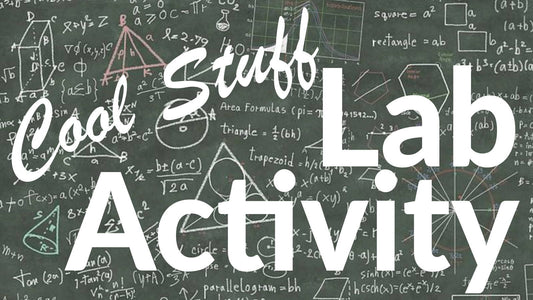
Color Addition
Students use the Light Box and Optical Set to observe the results of combining beams of colored light.
Color Addition
Students use the Light Box and Optical Set to observe the results of combining beams of colored light.
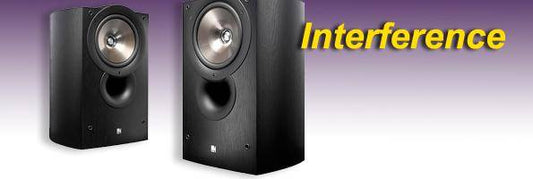
Lab #26.9 Sound: Sound Off
In this activity, students will hear a dramatic effect of the interference of sound.
Lab #26.9 Sound: Sound Off
In this activity, students will hear a dramatic effect of the interference of sound.
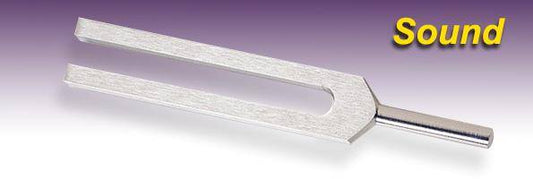
Lab #26.1 Sound: Slow Motion Wobbler
In this activity, students will observe and explore the oscillation of a tuning fork.
Lab #26.1 Sound: Slow Motion Wobbler
In this activity, students will observe and explore the oscillation of a tuning fork.
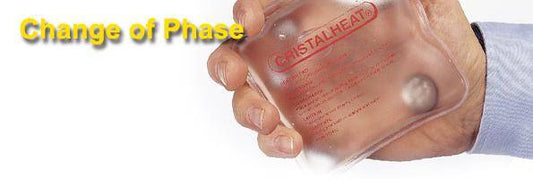
Lab #23.5 Heat: Warming by Freezing
In this activity, students will demonstrate that heat is released when freezing occurs.
Lab #23.5 Heat: Warming by Freezing
In this activity, students will demonstrate that heat is released when freezing occurs.
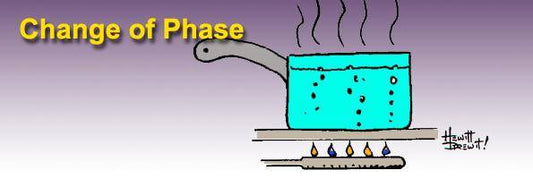
Lab #23.4 Heat: Cooling by Boiling
In this activity, students will see that water will boil when pressure is lowered.
Lab #23.4 Heat: Cooling by Boiling
In this activity, students will see that water will boil when pressure is lowered.
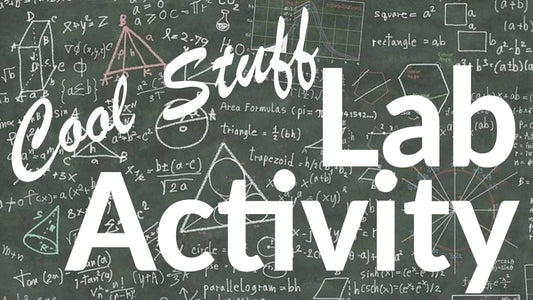
Stable Mates Inquiry
Students will determine how their set of magnetic marbles work and rest the stability of structures
Stable Mates Inquiry
Students will determine how their set of magnetic marbles work and rest the stability of structures
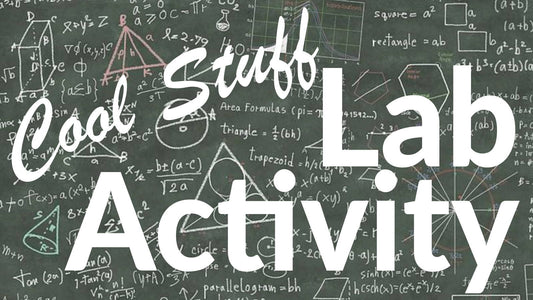
Specific Heat Inquiry
Students will develop their comprehension of thermodynamics, specifically thermal equilibrium, by mixing liquids with different temperatures.
Specific Heat Inquiry
Students will develop their comprehension of thermodynamics, specifically thermal equilibrium, by mixing liquids with different temperatures.
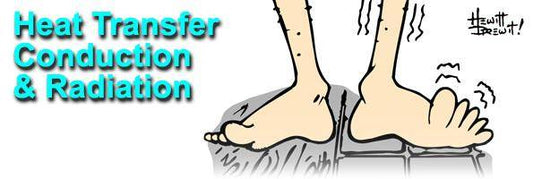
Lab #22.8 Heat: Chapter 22 I'm Melting! I'm Melting!
In this activity, students will investigate curious heat transfer ability of different surfaces.
Lab #22.8 Heat: Chapter 22 I'm Melting! I'm Melting!
In this activity, students will investigate curious heat transfer ability of different surfaces.
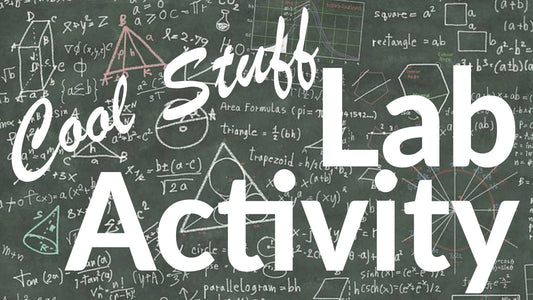
Range of a Horizontal Projectile
Students will hypothesize a marble's exit velocity and discover how potential energy is converted into rolling energy.
Range of a Horizontal Projectile
Students will hypothesize a marble's exit velocity and discover how potential energy is converted into rolling energy.
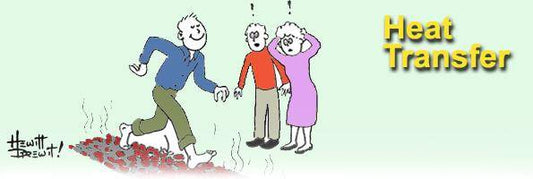
Lab #22.5 Heat: Chapter 22 Canned Heat: Heating Up
In this experiment, students will compare the ability of different surfaces to absorb thermal radiation.
Lab #22.5 Heat: Chapter 22 Canned Heat: Heating Up
In this experiment, students will compare the ability of different surfaces to absorb thermal radiation.
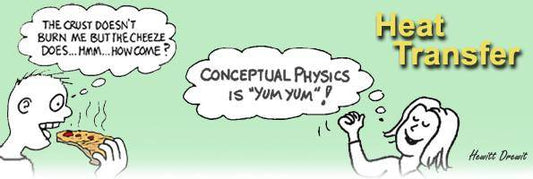
Lab #22.4 Heat: Chapter 22 Canned Heat: Cooling Down
In this experiment, students will compare the ability of different surfaces to radiate thermal energy.
Lab #22.4 Heat: Chapter 22 Canned Heat: Cooling Down
In this experiment, students will compare the ability of different surfaces to radiate thermal energy.

Lab #21.1 Heat: Chapter 21 Dance of the Molecules
In this activity, you will investigate the difference between hot water and cold water—on the molecular level.
Lab #21.1 Heat: Chapter 21 Dance of the Molecules
In this activity, you will investigate the difference between hot water and cold water—on the molecular level.
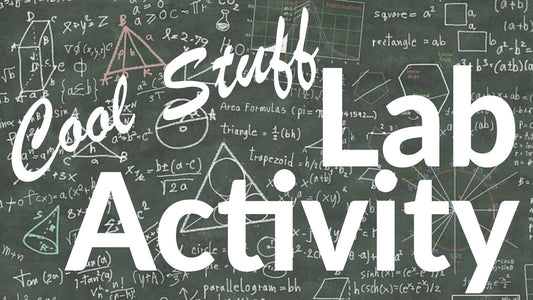
Reflection & Refraction
Students use the Laser Ray Box and trapezoidal lucite block to find situations that result in total internal reflection.
Reflection & Refraction
Students use the Laser Ray Box and trapezoidal lucite block to find situations that result in total internal reflection.


